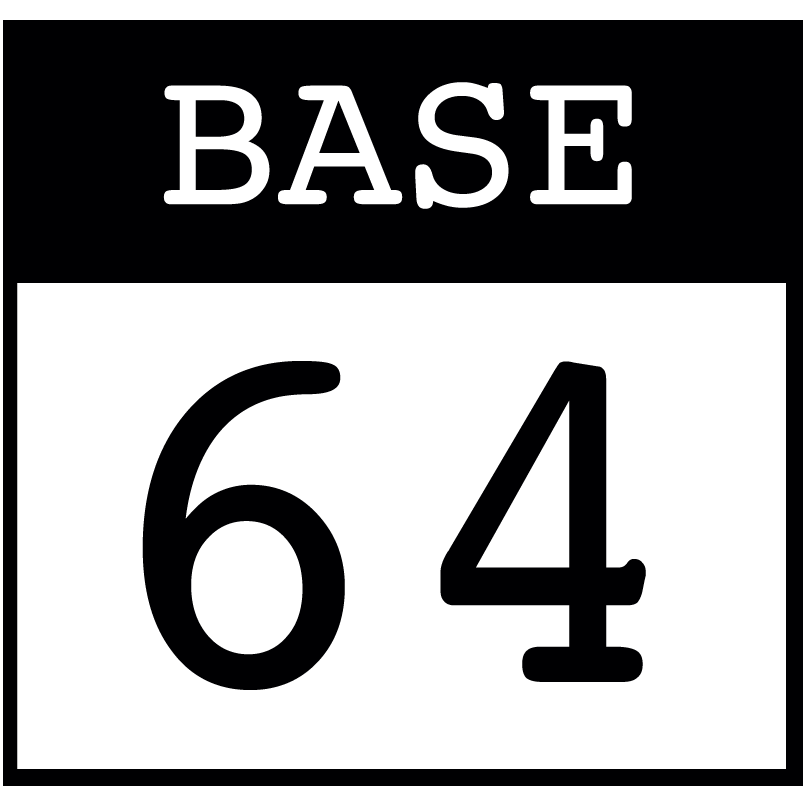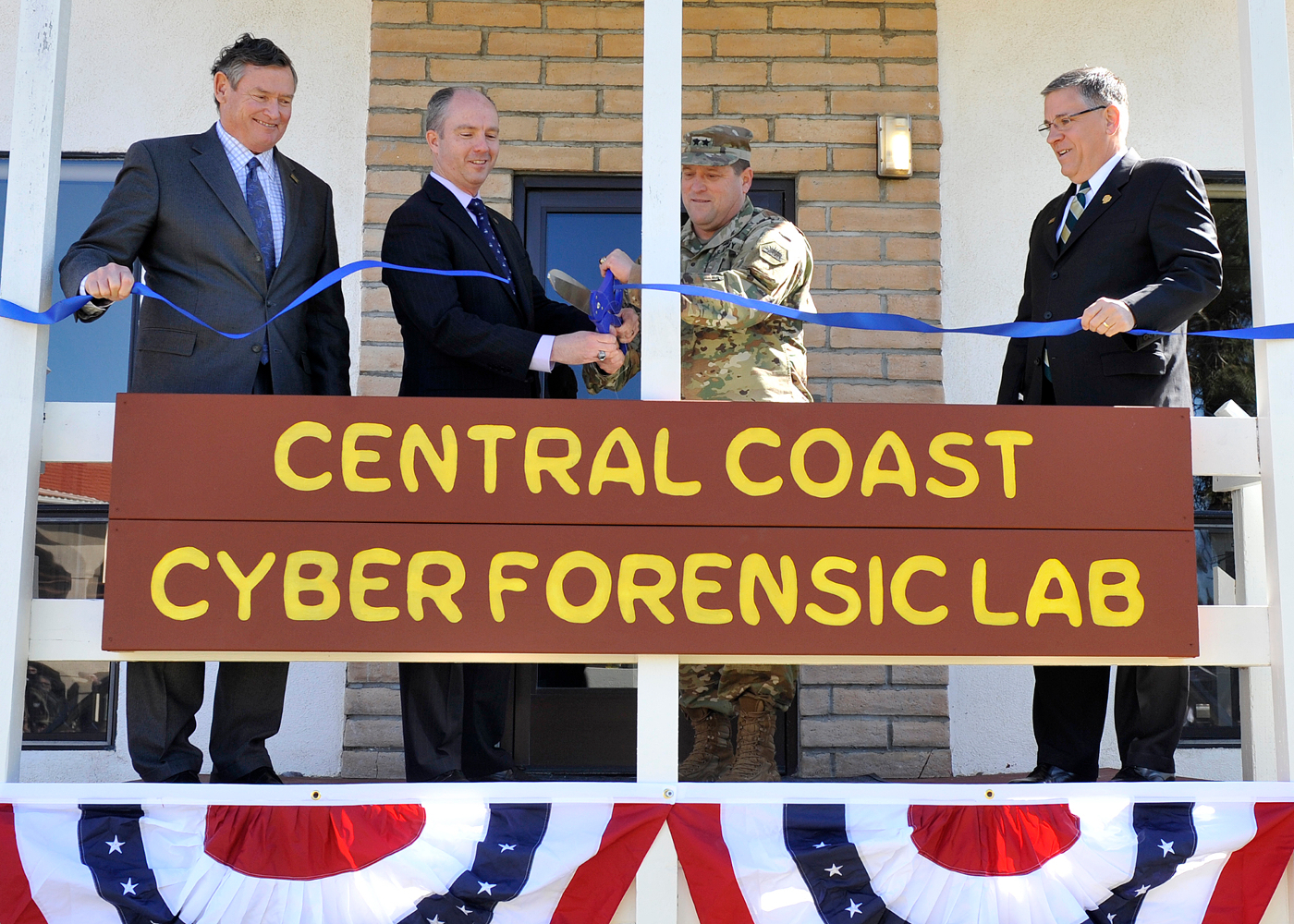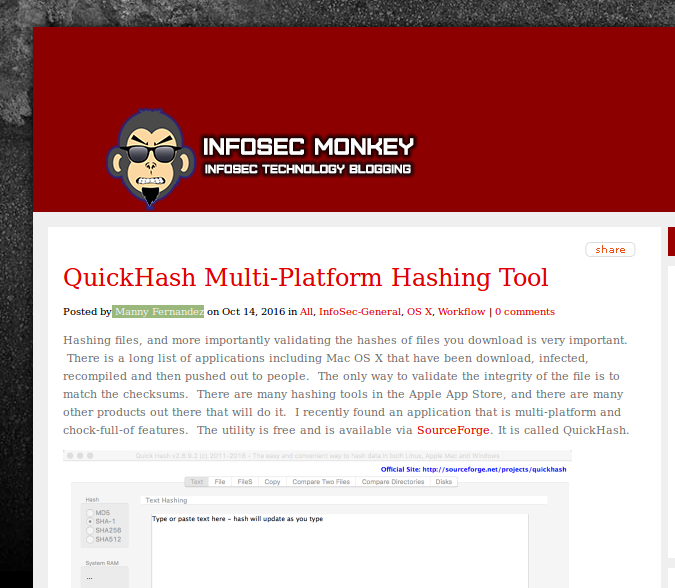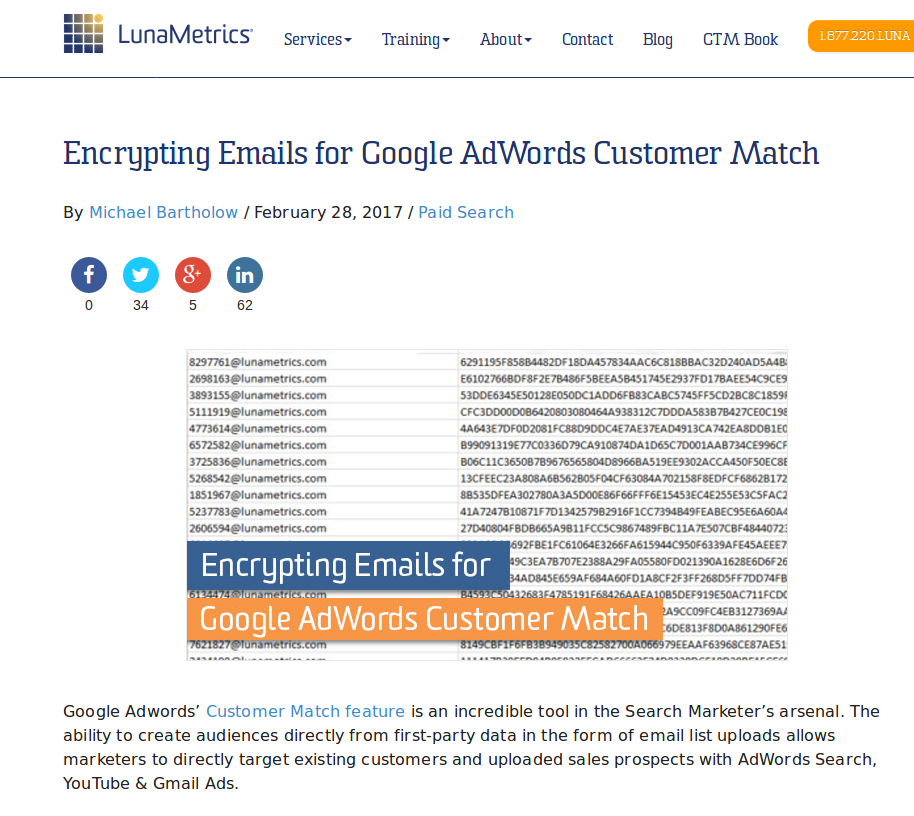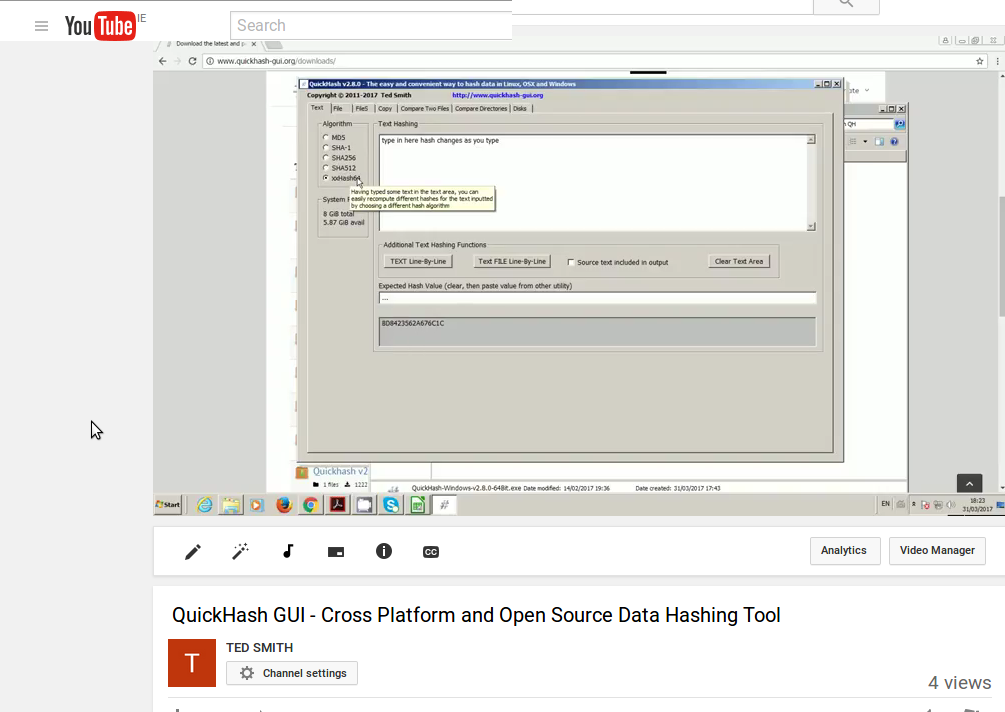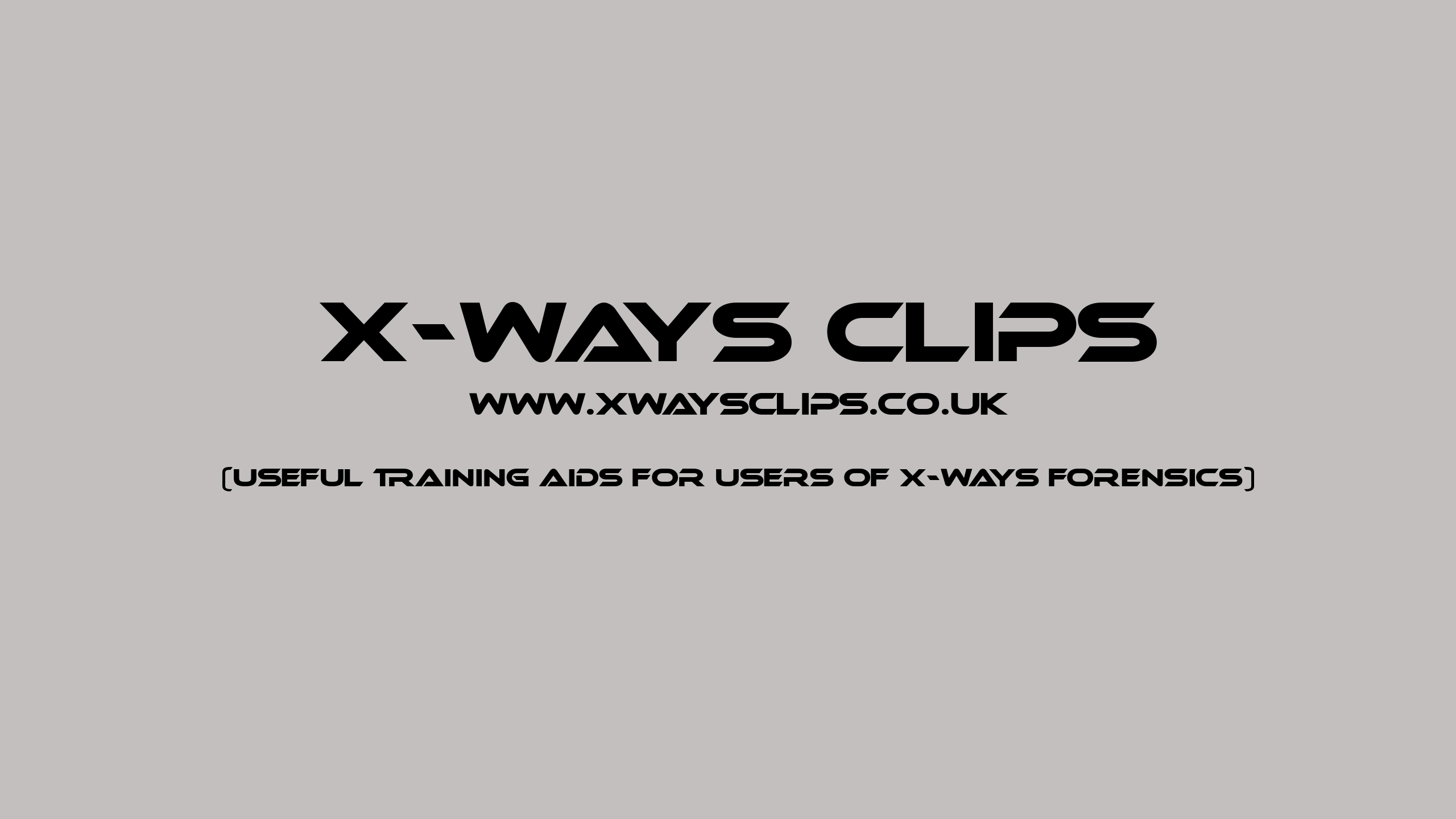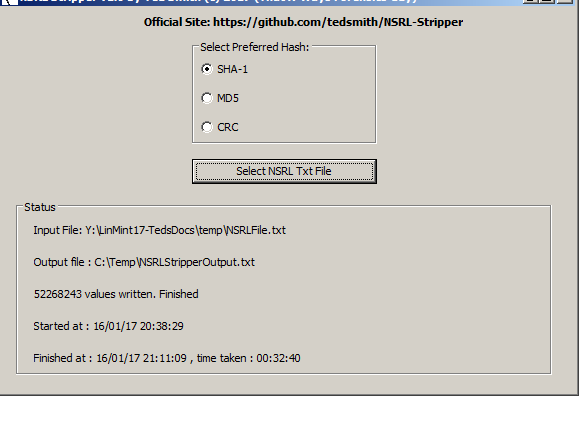Submit a Testimonial!
New Testimonials Section Added Dear user.... I'm pleased to say I get a lot of e-mails thanking me for QuickHash and I get the occasional donation too. In order to help others users read about YOUR experience of QuickHash, I'd very much appreciate you taking the time to write up your positive experiences for publication here. It's also an opportunity for you to get your own company name and website listed on this website. Submit a Testimonial HERE : http://34.225.163.28/testimonials-page/ Users who wish to see improvements or find fault can of course use the bug tracker. Testimonials are [...]



